Choosing the right commercial aircraft can make a significant difference in your flying experience. According to a veteran pilot, some planes stand out for their comfort, reliability, and performance. Here are the 20 best commercial aircraft to fly, offering insights from an expert in the field.
Contents
Boeing 747
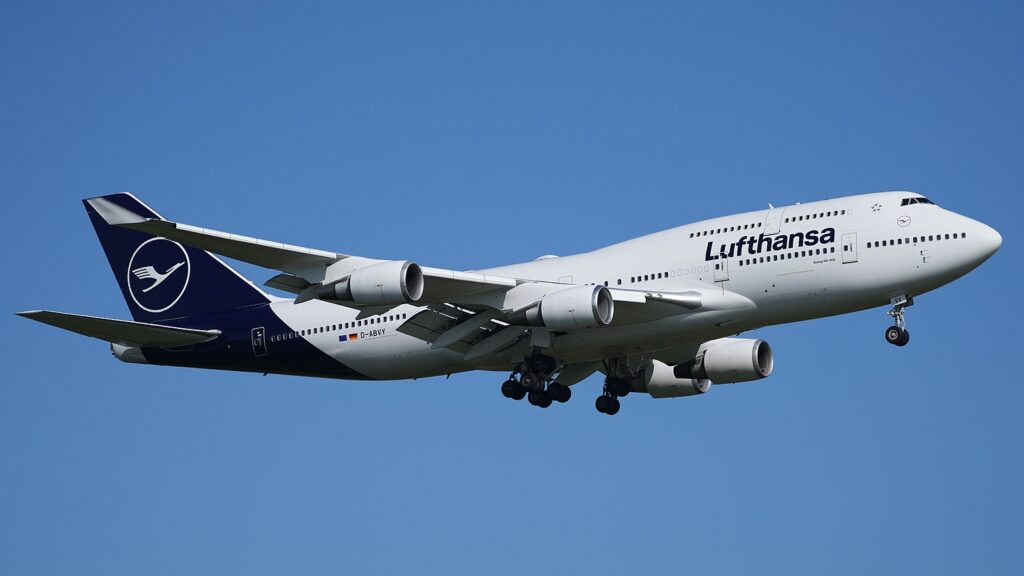
The Boeing 747, known as the “Queen of the Skies,” is one of the most iconic and beloved aircraft among pilots and passengers alike. Introduced in 1969, its distinctive hump-backed design and four-engine configuration offer unmatched range and payload capabilities. Pilots appreciate its robust performance, advanced avionics, and reliability. The 747’s spacious cockpit and smooth handling make it a pleasure to fly, while its safety record and engineering excellence have cemented its legacy in aviation history.
Airbus A320
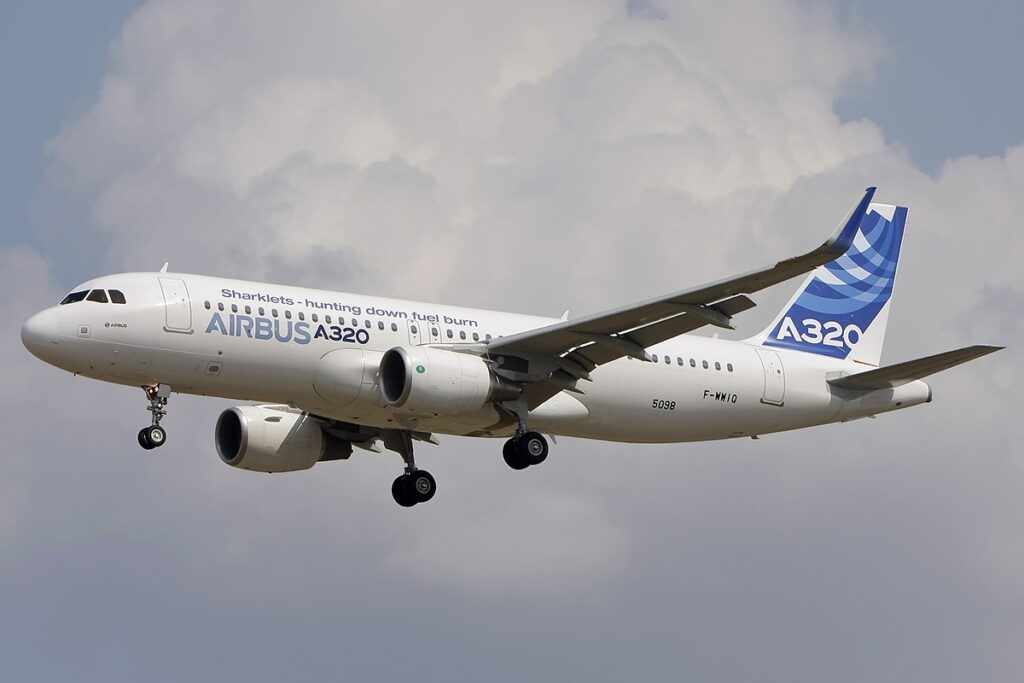
The Airbus A320, introduced in 1988, is highly regarded for its advanced fly-by-wire technology, which enhances control and safety. Pilots appreciate the intuitive cockpit layout and the aircraft’s responsive handling. The A320’s efficient design, with its narrow-body and twin-engine configuration, makes it ideal for short to medium-haul routes. Its advanced materials and engineering contribute to lower operational costs and high fuel efficiency, making it a favorite among airlines and pilots.
Boeing 777
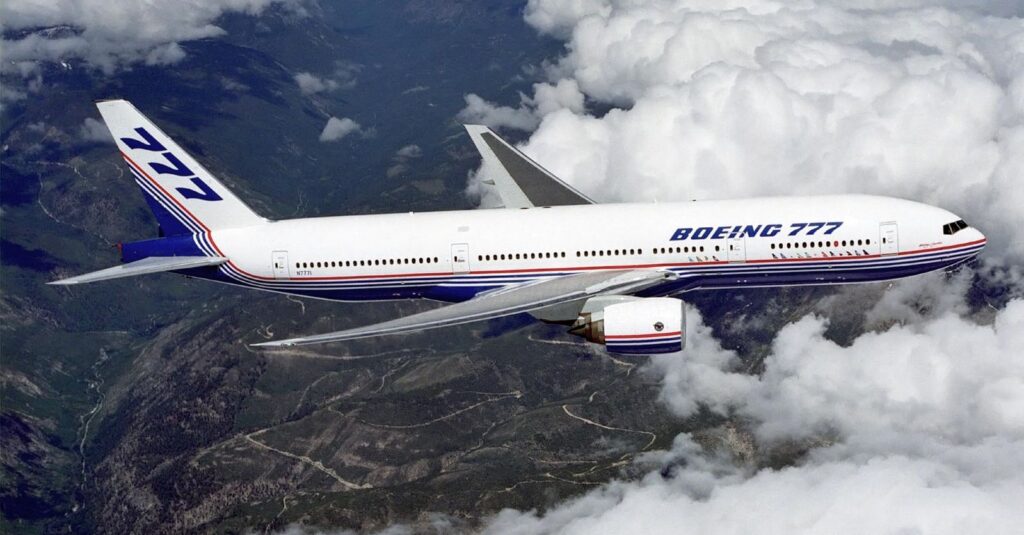
The Boeing 777, first flown in 1994, is known for its long-range capabilities and powerful performance. Pilots favor the 777 for its spacious cockpit, advanced avionics, and smooth handling. Its twin-engine design provides excellent fuel efficiency, while its robust construction ensures reliability and safety. The 777’s versatility and ability to operate on long-haul routes make it a preferred choice for pilots flying international flights.
Airbus A380
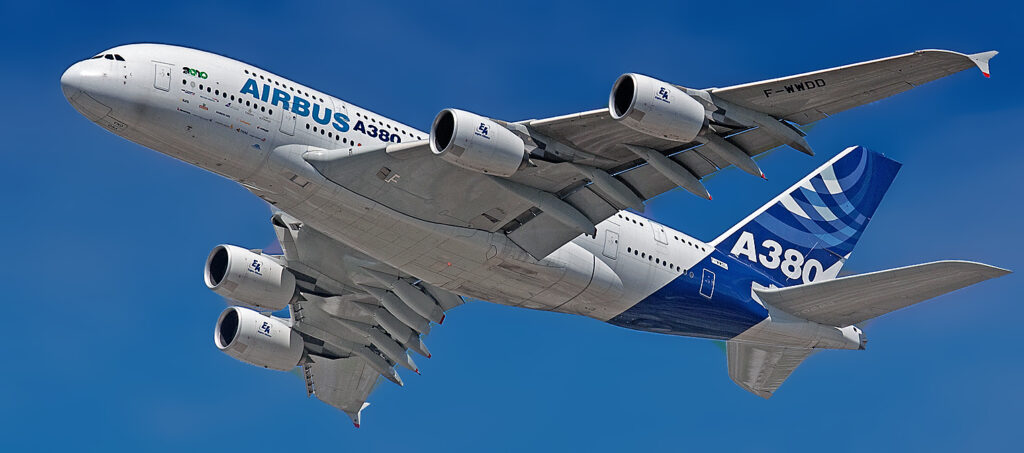
The Airbus A380, the world’s largest passenger airliner, made its debut in 2005. Pilots admire the A380 for its impressive size, advanced technology, and smooth flight characteristics. Its four-engine configuration and innovative materials ensure a quiet and comfortable flight experience. The A380’s spacious cockpit and state-of-the-art avionics make it an enjoyable aircraft to fly, while its ability to carry a large number of passengers efficiently makes it a valuable asset for airlines.
Boeing 787 Dreamliner
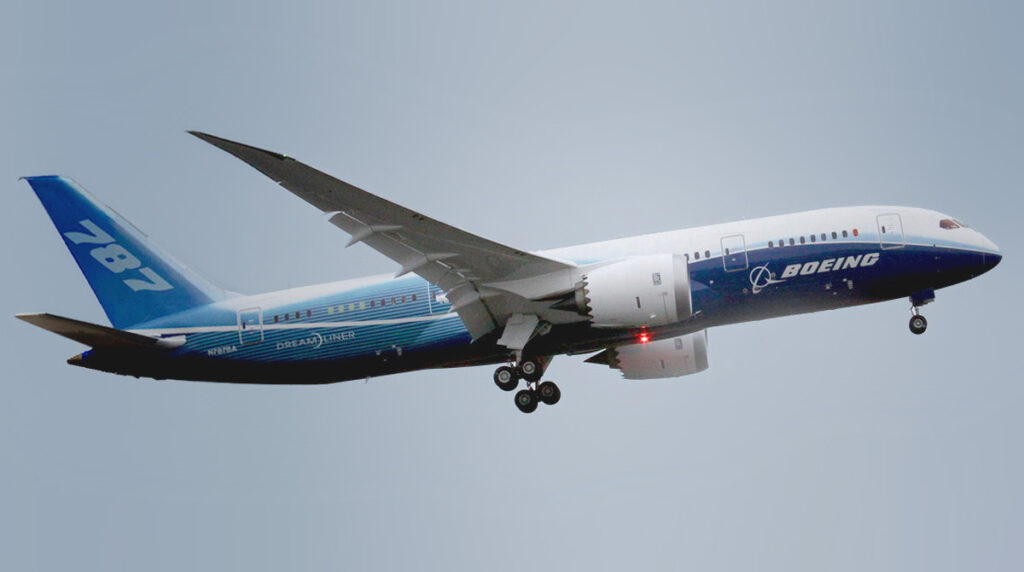
The Boeing 787 Dreamliner, introduced in 2009, is celebrated for its advanced composite materials and cutting-edge technology. Pilots appreciate the Dreamliner’s fuel efficiency, reduced noise levels, and comfortable cockpit environment. Its fly-by-wire system and modern avionics enhance safety and performance. The 787’s long-range capabilities and passenger comfort features, such as larger windows and improved cabin pressure, make it a standout aircraft in modern aviation.
Airbus A350
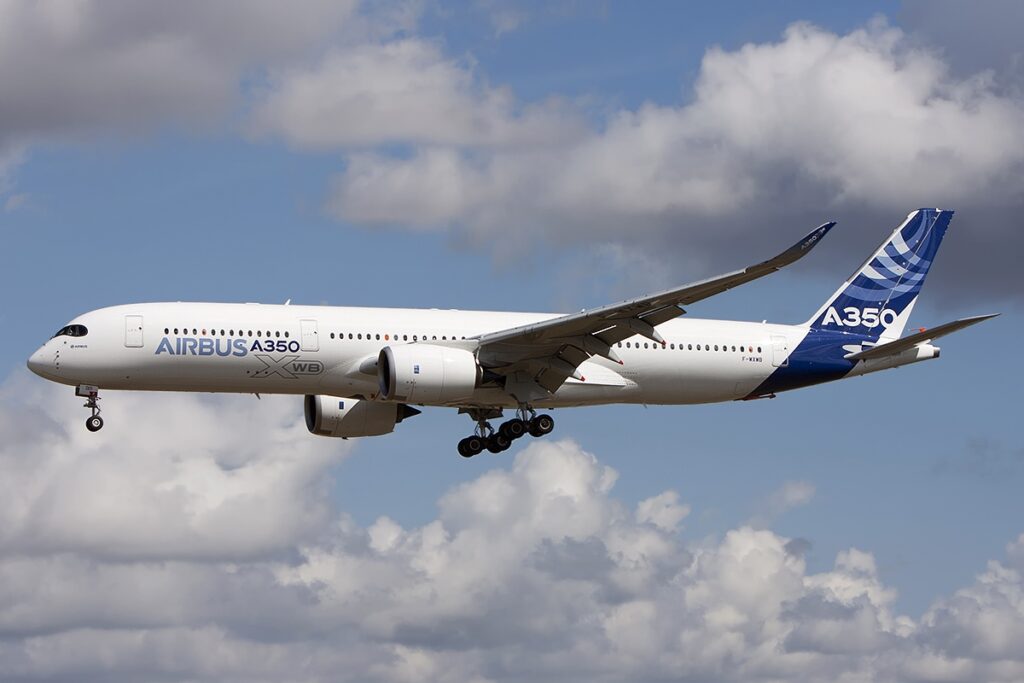
The Airbus A350, first flown in 2013, is renowned for its advanced aerodynamics, composite materials, and fuel-efficient engines. Pilots praise the A350 for its responsive handling, intuitive cockpit layout, and state-of-the-art avionics. Its wide-body design provides a comfortable flying experience for passengers and crew. The A350’s long-range capabilities and eco-friendly design make it a preferred choice for pilots flying international routes.
Boeing 737
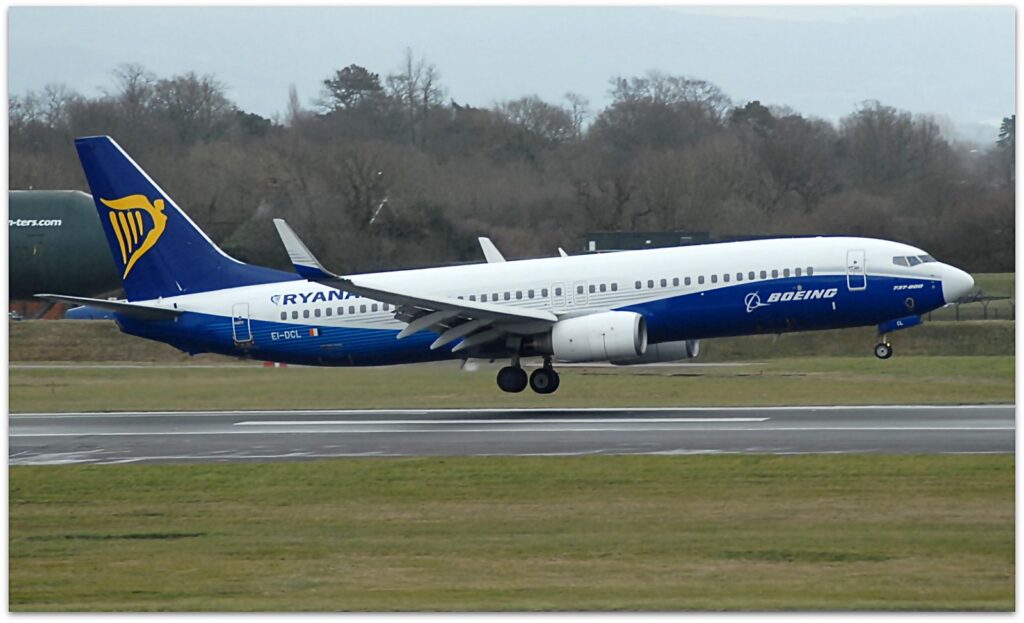
The Boeing 737, first introduced in 1967, is one of the most popular and reliable aircraft in commercial aviation. Pilots appreciate the 737 for its straightforward handling, robust performance, and versatility. Its twin-engine configuration and narrow-body design make it ideal for short to medium-haul flights. The 737’s continuous upgrades and improvements over the years have kept it at the forefront of aviation technology, making it a favorite among pilots and airlines.
Bombardier CRJ Series
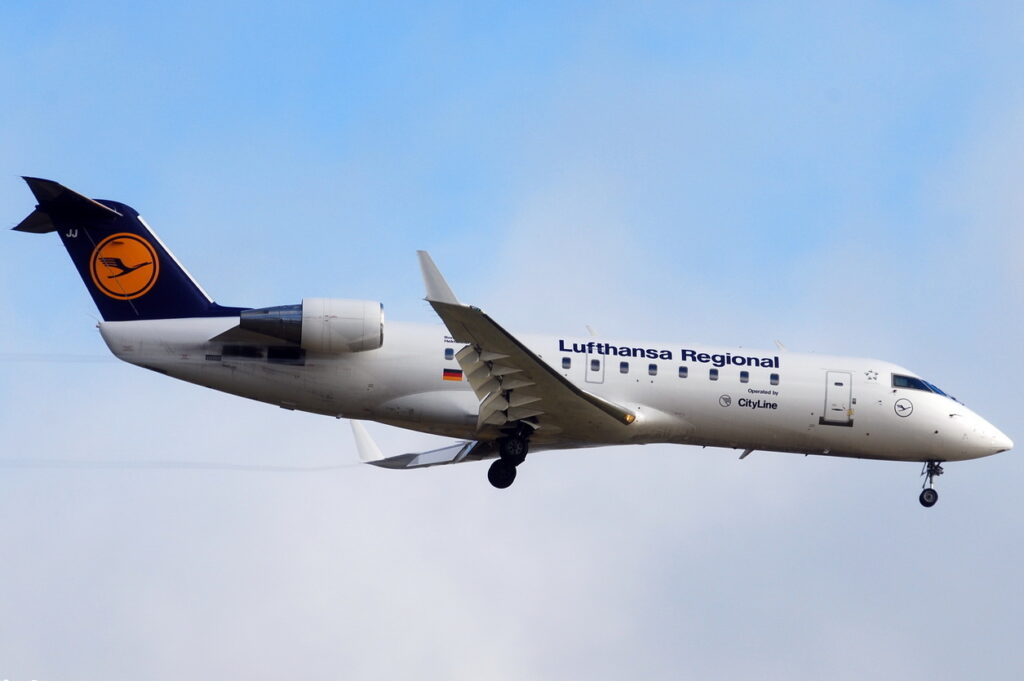
The Bombardier CRJ Series, introduced in the early 1990s, is known for its efficiency and reliability in regional aviation. Pilots favor the CRJ for its responsive handling, comfortable cockpit, and advanced avionics. Its compact design and twin-engine configuration make it suitable for short regional routes. The CRJ’s ability to operate in and out of smaller airports with ease makes it a valuable asset for regional airlines.
Embraer E-Jets
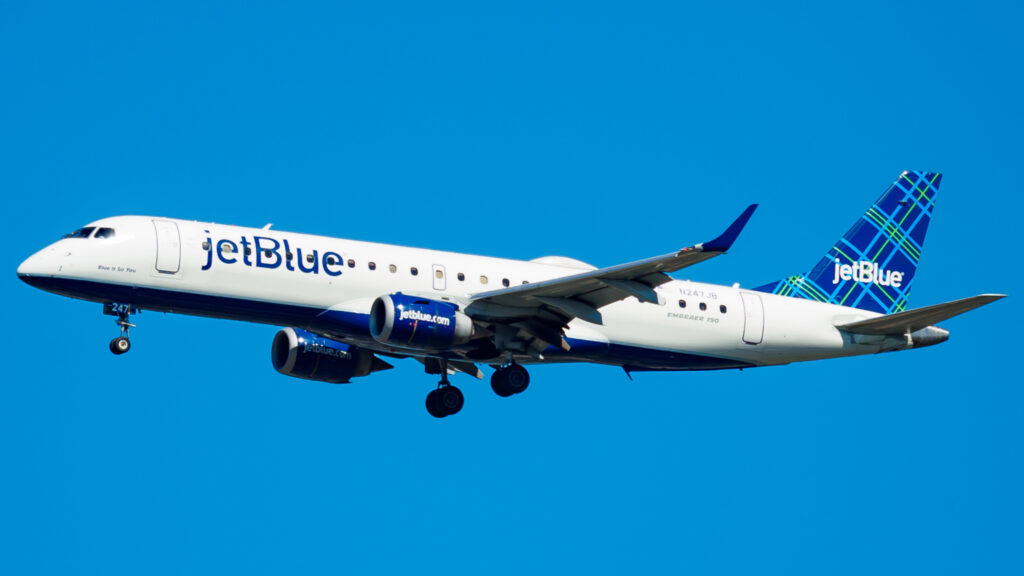
The Embraer E-Jets, first flown in 2002, are praised for their efficiency, reliability, and passenger comfort. Pilots appreciate the E-Jets for their intuitive cockpit layout, smooth handling, and advanced avionics. The E-Jets’ twin-engine configuration and optimized design make them ideal for regional and short-haul flights. Their versatility and ability to operate in a variety of environments make them a popular choice among pilots and airlines.
Boeing 757
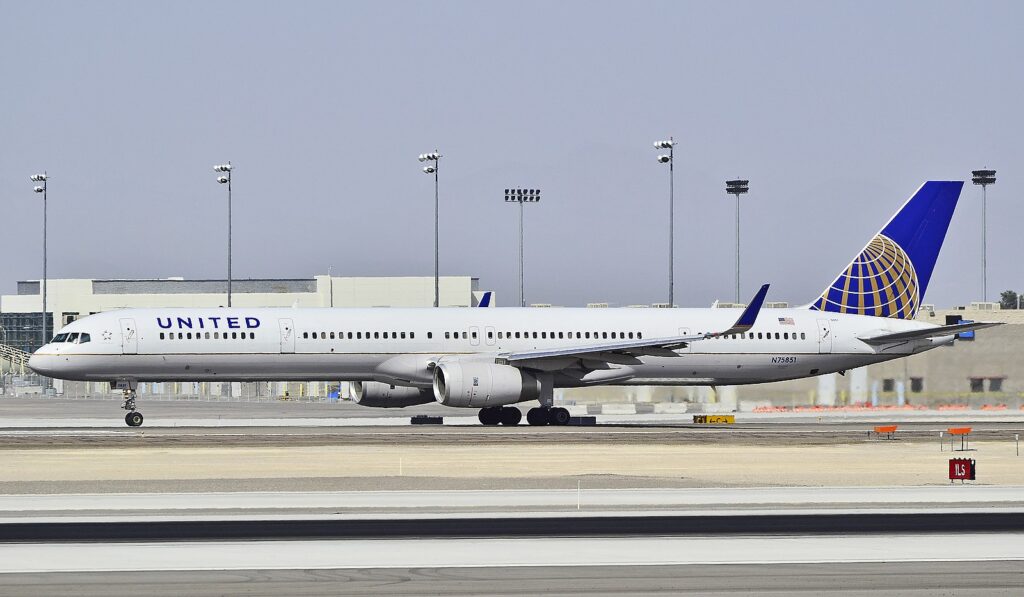
The Boeing 757, introduced in 1983, is known for its powerful performance and versatility. Pilots appreciate the 757 for its responsive handling, robust engines, and advanced avionics. Its narrow-body design and twin-engine configuration make it suitable for both short-haul and transcontinental flights. The 757’s reliability and efficiency have made it a favorite among pilots and airlines for decades.
Airbus A330
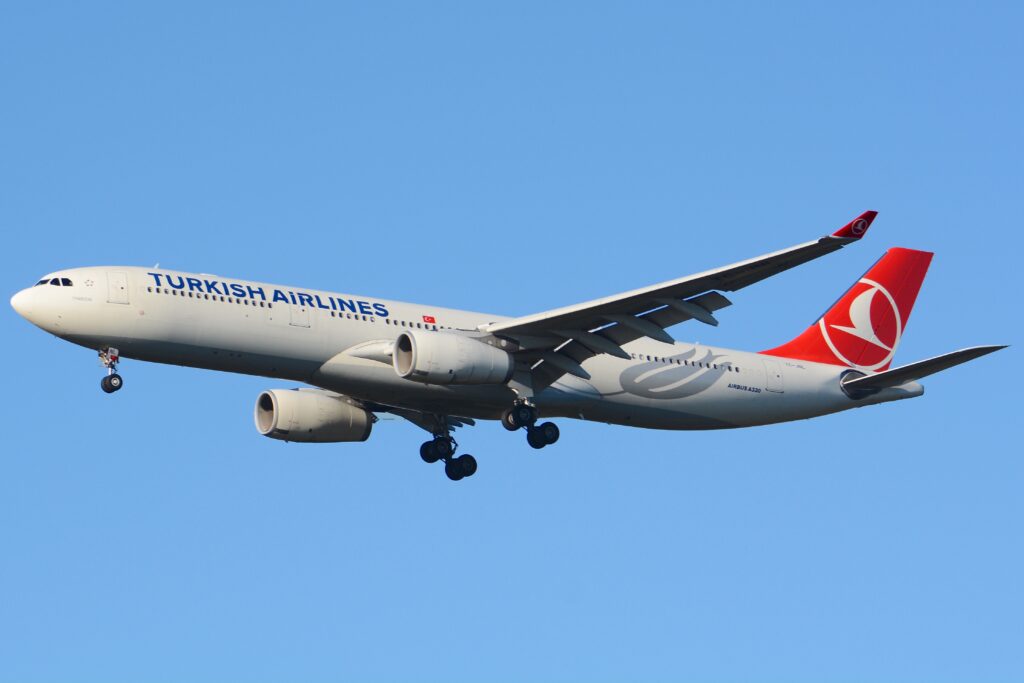
The Airbus A330, first flown in 1992, is highly regarded for its long-range capabilities and passenger comfort. Pilots favor the A330 for its spacious cockpit, advanced avionics, and smooth handling. Its wide-body design and twin-engine configuration provide excellent fuel efficiency and performance on international routes. The A330’s versatility and reliability make it a preferred choice for long-haul flights.
Boeing 767
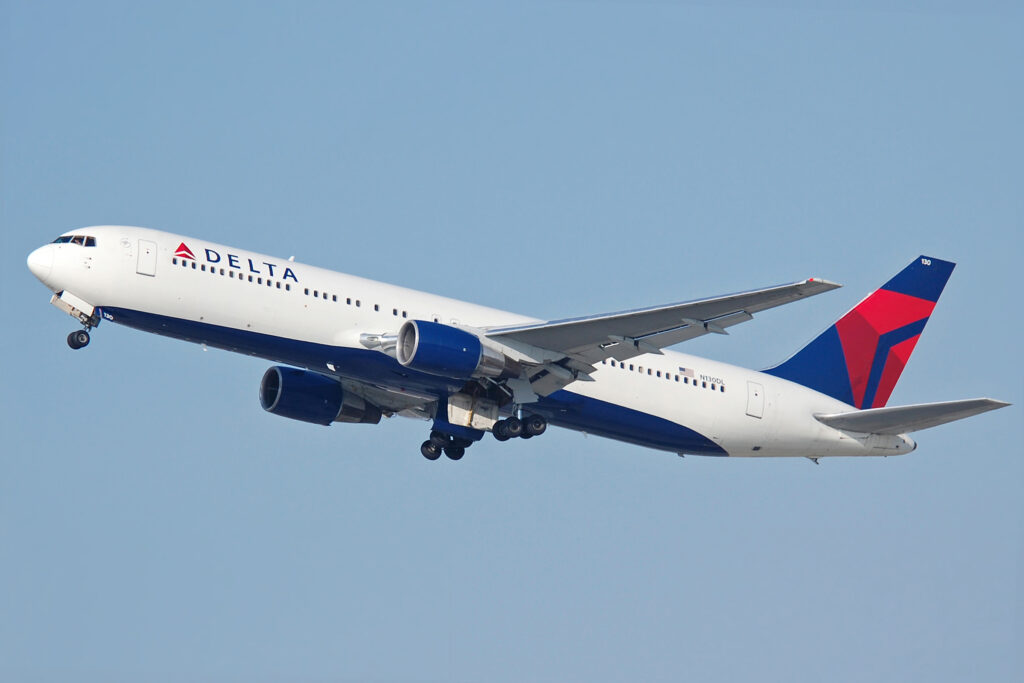
The Boeing 767, introduced in 1982, is known for its versatility and reliability in long-haul and transcontinental flights. Pilots appreciate the 767 for its comfortable cockpit, advanced avionics, and responsive handling. Its twin-engine design and wide-body configuration provide excellent fuel efficiency and passenger comfort. The 767’s durability and performance have made it a trusted aircraft for pilots and airlines alike.
Douglas DC-3
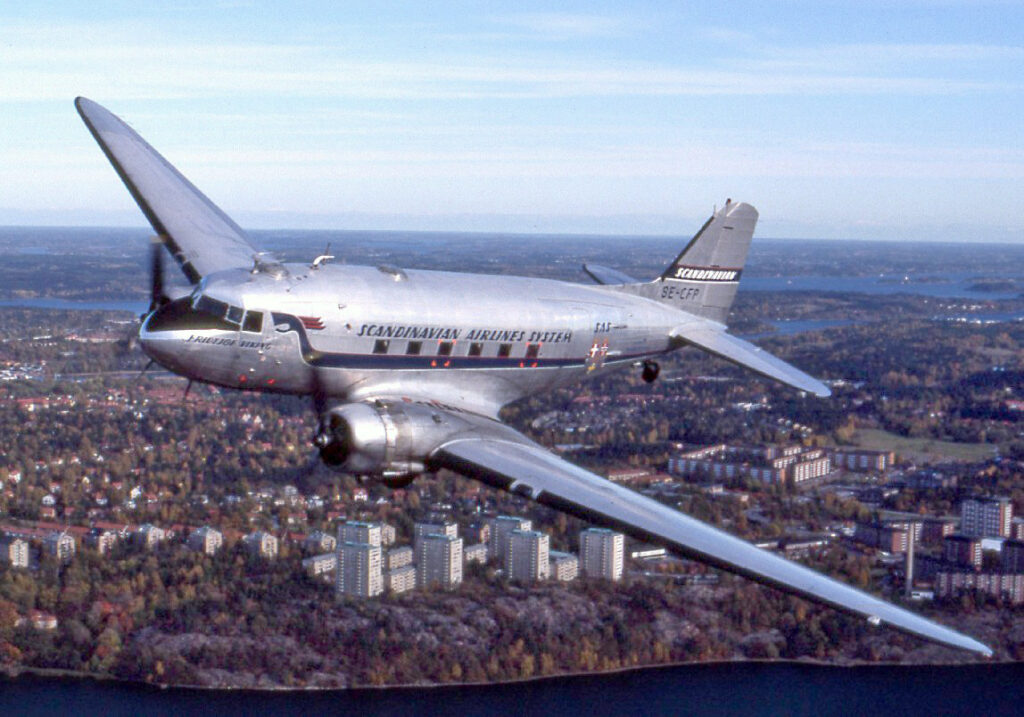
The Douglas DC-3, first flown in 1935, is a legendary aircraft known for its durability and significant impact on commercial aviation. Pilots admire the DC-3 for its robust construction, reliable performance, and straightforward handling. Its twin-engine design and sturdy airframe allowed it to operate in a variety of environments and conditions. The DC-3’s historical significance and longevity have earned it a special place in aviation history.
Lockheed L-1011 TriStar
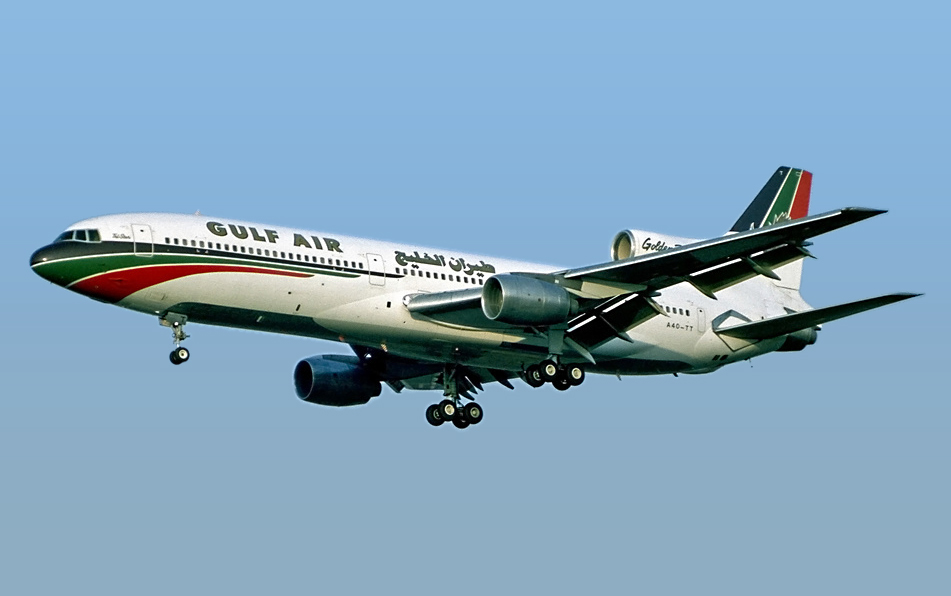
The Lockheed L-1011 TriStar, introduced in 1970, is known for its advanced technology and comfortable passenger experience. Pilots appreciate the TriStar for its smooth handling, advanced avionics, and spacious cockpit. Its three-engine configuration and wide-body design provided excellent performance and reliability on long-haul flights. The L-1011’s innovative features and comfort made it a favorite among pilots during its operational years.
Boeing 707
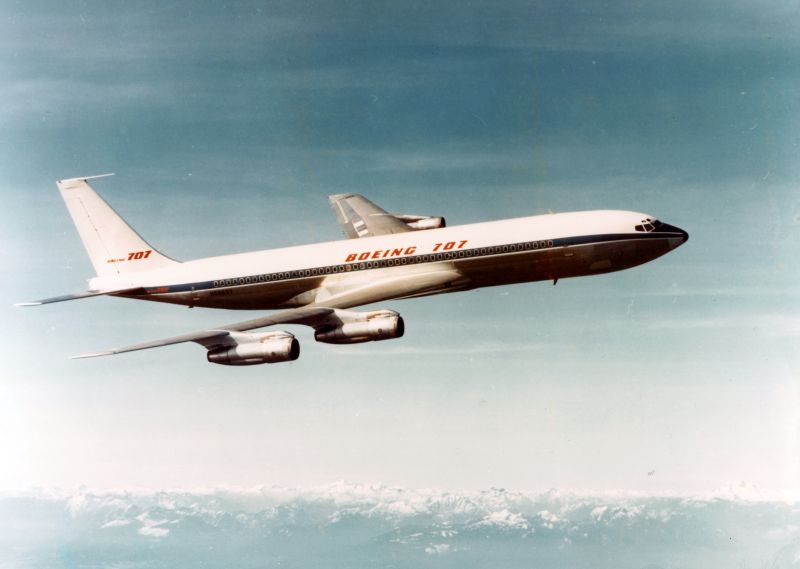
The Boeing 707, first flown in 1957, is a pioneering jet airliner that revolutionized commercial aviation. Pilots admire the 707 for its powerful performance, reliable engines, and advanced avionics for its time. Its four-engine configuration and streamlined design allowed it to achieve long-range capabilities and higher speeds. The 707’s historical significance and impact on modern aviation make it a classic favorite.
Concorde
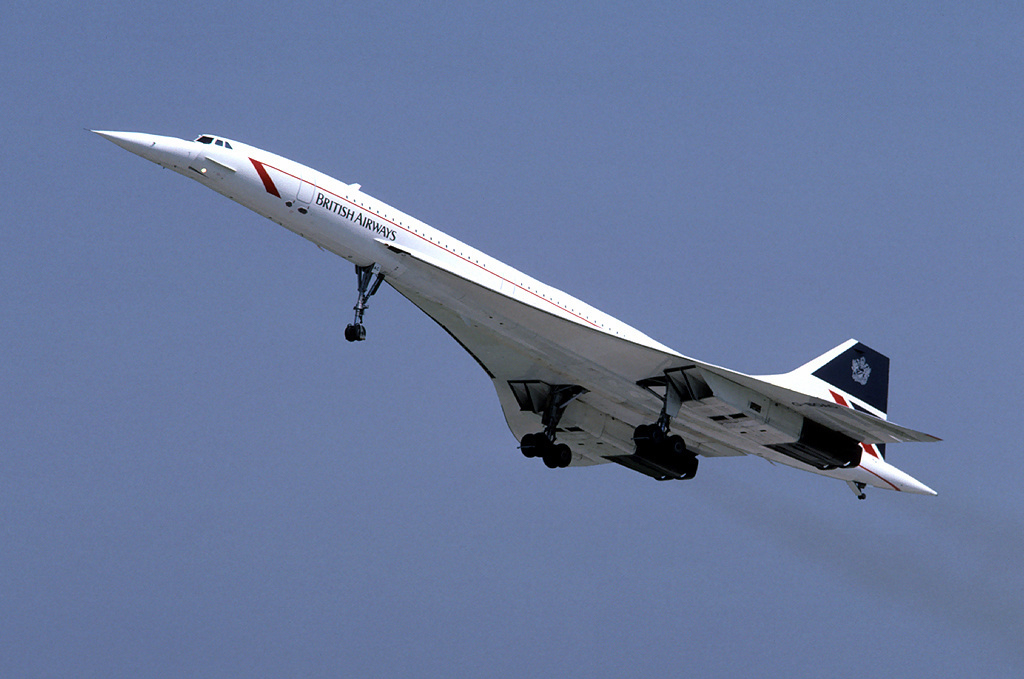
The Concorde, introduced in 1976, is renowned for its supersonic speed and iconic design. Pilots appreciated the Concorde for its advanced engineering, unique handling characteristics, and the prestige of flying one of the fastest commercial aircraft ever built. Its sleek delta-wing design and powerful engines allowed it to cruise at Mach 2, cutting transatlantic flight times in half. The Concorde’s legacy of speed and luxury remains unmatched in aviation history.
Airbus A340
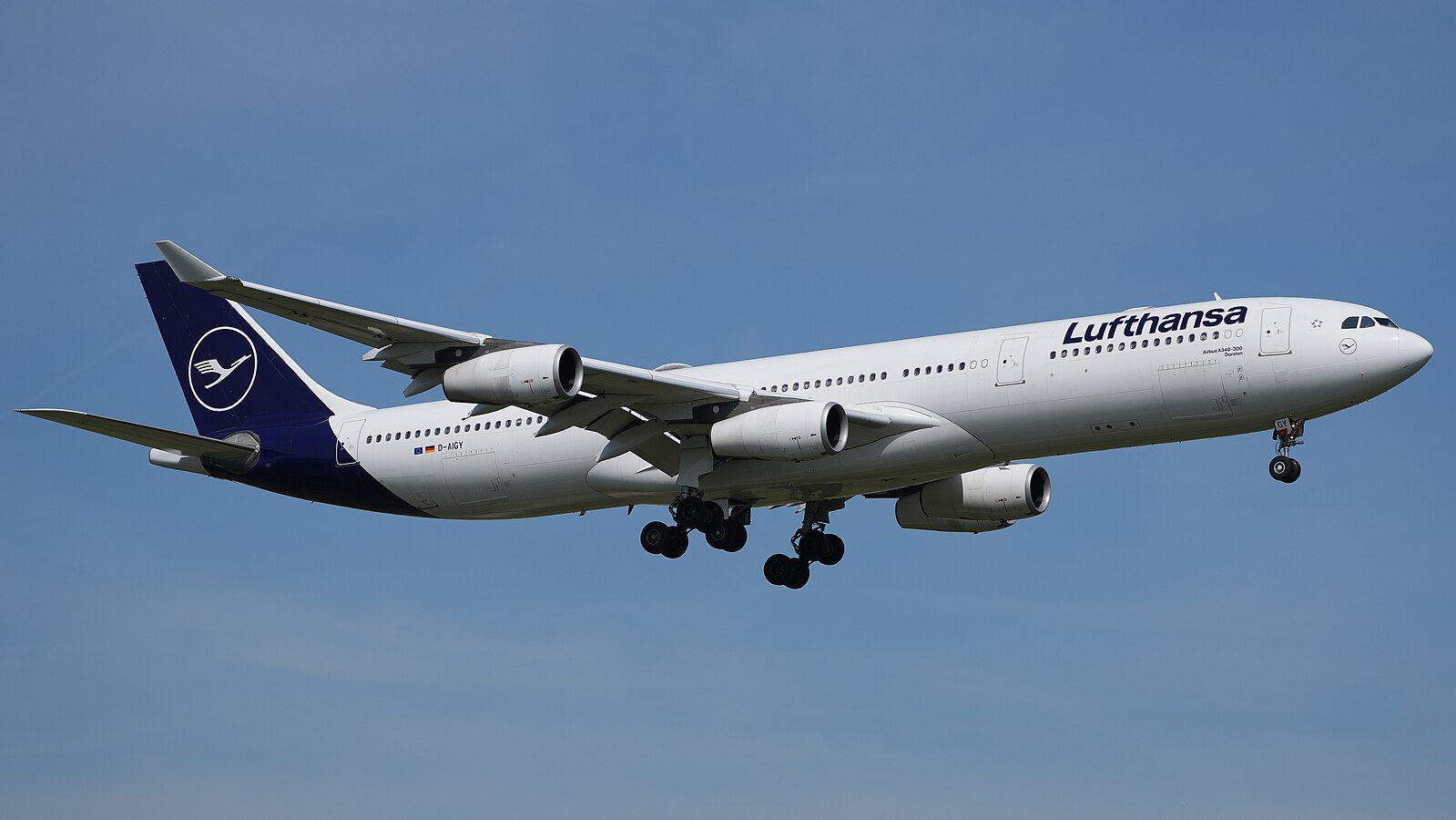
The Airbus A340, first flown in 1991, is known for its long-range capabilities and passenger comfort. Pilots favor the A340 for its smooth handling, advanced avionics, and spacious cockpit. Its four-engine configuration and wide-body design provide excellent performance and reliability on international routes. The A340’s ability to operate on long-haul flights with high efficiency makes it a preferred choice for pilots and airlines.
Boeing 727
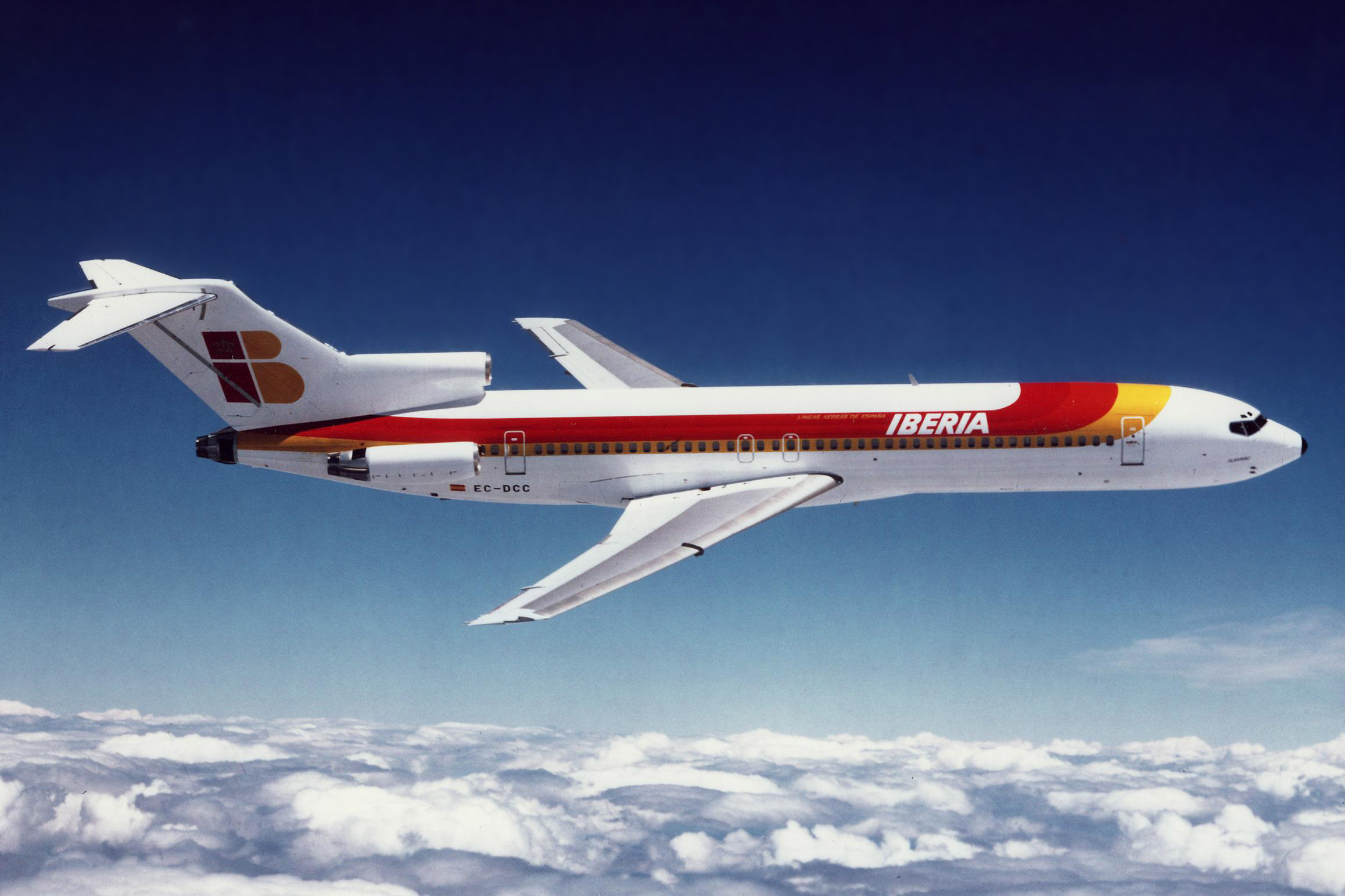
The Boeing 727, introduced in 1963, is celebrated for its versatility and robust performance. Pilots appreciate the 727 for its responsive handling, reliable engines, and innovative design. Its three-engine configuration and T-tail design allowed it to operate from shorter runways and in a variety of conditions. The 727’s durability and performance have made it a beloved aircraft in the history of commercial aviation.
Embraer ERJ145
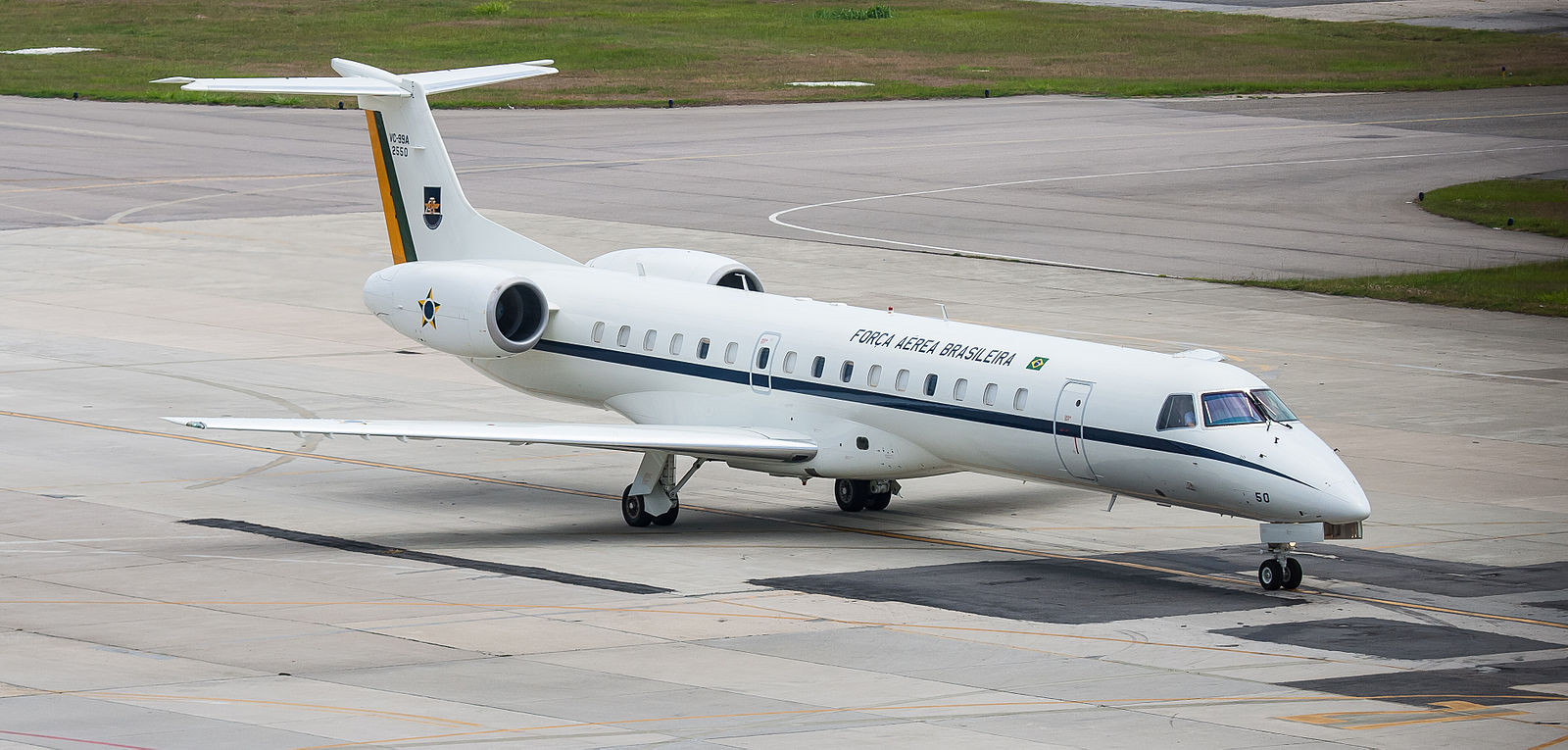
The Embraer ERJ145, first flown in 1995, is a popular regional jet known for its efficiency and reliability. Pilots favor the ERJ145 for its intuitive cockpit layout, smooth handling, and advanced avionics. Its twin-engine configuration and compact design make it ideal for short regional routes. The ERJ145’s versatility and ability to operate in smaller airports make it a valuable asset for regional airlines.
Bombardier Q400
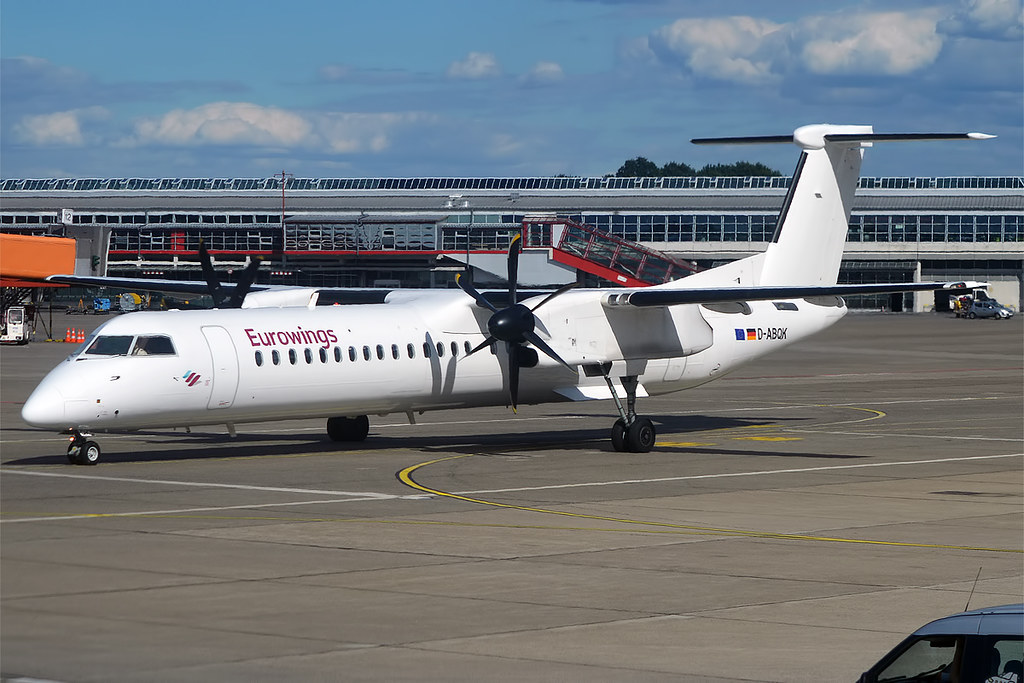
The Bombardier Q400, introduced in 2000, is a highly regarded turboprop aircraft known for its efficiency and performance on regional routes. Pilots appreciate the Q400 for its responsive handling, comfortable cockpit, and advanced avionics. Its twin-engine configuration and innovative design provide excellent fuel efficiency and reliability. The Q400’s ability to operate in challenging environments and its low operational costs make it a favorite among regional pilots.
This article originally appeared on MyCarMakesNoise.
More from MyCarMakesNoise
15 Antique Tractors That Have Lost Their Value

Antique tractors once represented the pinnacle of farming innovation, but many have lost their value over time. Advances in technology and changes in agricultural needs have rendered these once-prized machines obsolete. Read More
13 Transportation Projects That Turned into Financial Disasters

Transportation projects are often ambitious undertakings meant to improve our lives, but sometimes they can go terribly wrong. In this article, we explore 13 transportation projects that turned into financial disasters. Read More
10 Experimental Military Aircraft That Didn’t Take Off

Experimental military aircraft often push the boundaries of technology and innovation. However, not all of these ambitious projects succeed. Read More














